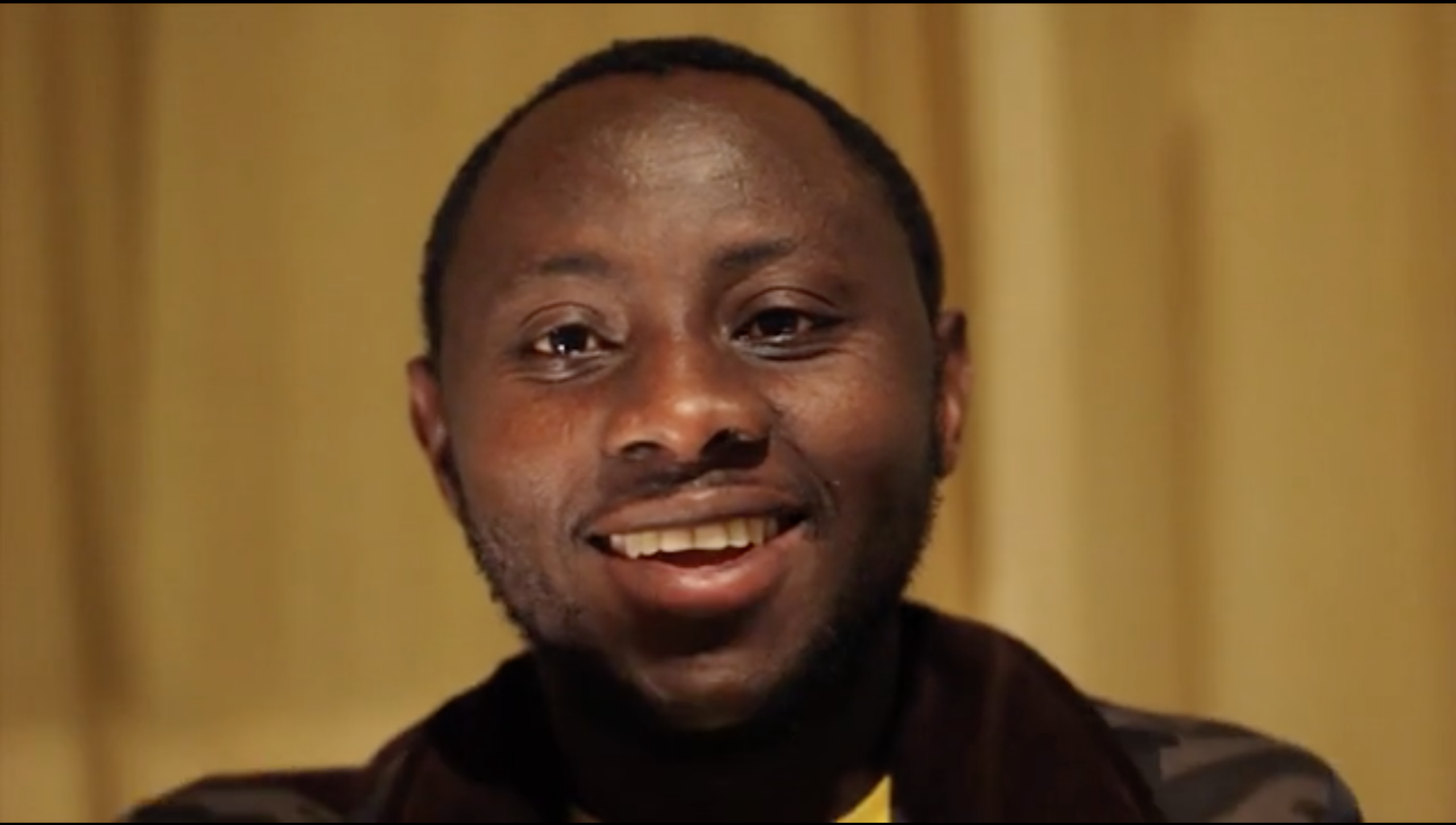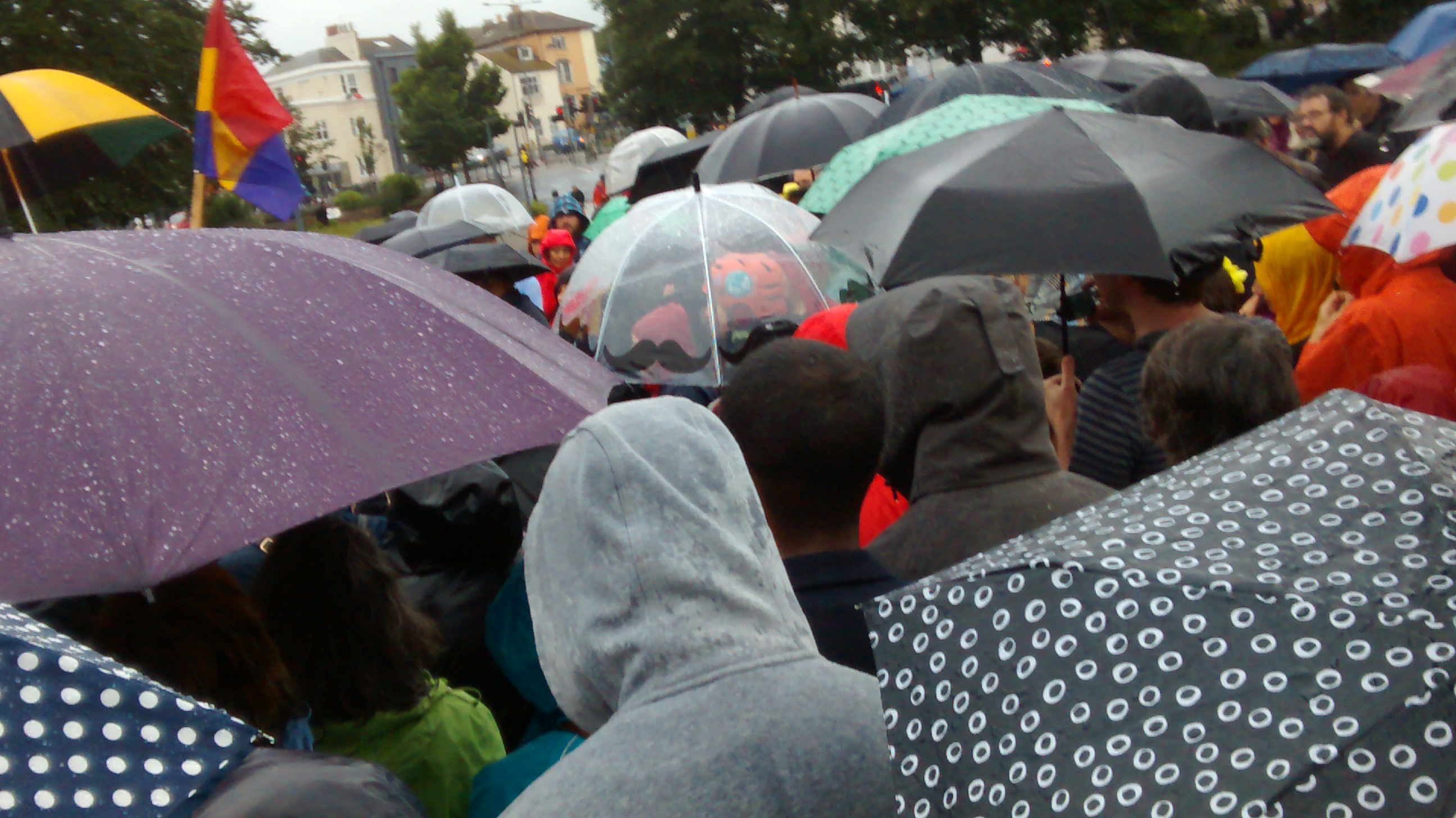
On the 5 October, the winners of this year Nobel Prizes were announced in Sweden and Norway. The prominent individuals were awarded the highest standing honour in their field. In the words of their creator, the Nobel Prize awards are to be given to those people and discoveries which have “the greatest benefit on mankind”. Definitely something to be proud of!
Before we reveal the names of those prestigious winners, a little history. As we all know, Alfred Nobel is the father of Nobel Prizes. A chemist, researcher and engineer, he is famous for his many discoveries including that of dynamite and lived an interesting and rich life. Only after the death of his brother did he come to think of how he would be remembered. Mistakenly, his obituary was published in place of his brother and he did not like the look of it. Changing his will many times, he finally left most of his fortune under the order it be used to create a series of prizes for the recognition of cultural and scientific advances. Surely so that others like himself may be rewarded by more than a poor obituary.
Nobel prizes are awarded in a variety of fields. The Nobel Prizes for Physics, Chemistry, Physiology or Medicine and Peace were first awarded in 1901. Only after was the Economic Sciences Nobel Prize instituted and first awarded in 1969 in memory of Alfred Nobel. The prize itself is a gold medal, a diploma and a varying some of money. It can be awarded to a single individual or multiple members of a group and prides itself on awarding the prize solely based on the research and benefit of the discovery, not on age, gender or position. Although the Nobel Prize has only been awarded to 41 women so far, this number is sure to increase in the future.
Physics
The Royal Swedish Academy of Sciences awarded the Physics Nobel Prize 2010 to two researchers from the University of Manchester (UK) : Andre Geim and Konstantin Novoselov for their discovery of graphene. Graphene is a form of carbon, one of the main components of the organisms on this planet. Isolated from graphite (like that a pencil), its interest lies in the structure of the carbon atoms composing it. Essentially, the physicists have managed to remove a sheet of material from graphite that is only one atom thick. Beyond this simple feat (and it is a feat!), the material shows extensive parameters. Not only it is super strong – probably the strongest material there is proportionate to its immense thinness – it has a very high conductivity, rivalling that of copper. It is also practically transparent and a great heat conductor. But what are the uses of such a substance? As it is transparent, it can be used in touch-screen equipment, solar cells and light panels. It can be integrated into plastics and other materials to not only make them stronger but better conductor of heat and electricity. See Thomas Lessware’s detailed article last week on the subject.
Chemistry
Continuing in the study of our favourite element, carbon, the Nobel Prize for Chemistry (granted by the same body) has been awarded to three researchers from different universities. Richard F. Heck(University of Delaware, USA), Ei-ichi Negishi (Purdue University, USA) and Akira Suzuki (Hokkaido University, Japan) have been working on the development of palladium-catalyzed cross coupling. Palladium is a rare chemical element (Pd) which has many uses in different areas of science. One of these is as a catalyst of reactions in organic chemistry. Organic chemistry allows us to understand the underlying structure of molecules based on their carbon skeleton. Palladium helps carbon atoms connect together, even though their forced interaction is notoriously difficult to work with. This discovery can be very useful in a wide range of different fields, but particularly it can be used to create greater and more complex carbon-based molecules for laboratory, research and medical use.
Medicine
By far the most widely known discovery among the Nobel Prize winners this year is the development of in vitro fertilization (IVF). Awarded by The Nobel Assembly at Karolinska Institutet, Robert Edwards from the University of Cambridge has been working on this feat of reproduction for over 50 years and is finally being valued for his work. The first in vitro baby was born in 1978, after years of laboratory research and the procedure is now common amongst many reproductively challenged coupled. The basis of the practice is to fertilise the egg cell with sperm inside a test tube. This is not a simple or short process. The eggs and sperm have to be retrieved from the future parents and prepared and kept following a very specific protocol. The eggs and sperm are then incubated in a test tube. If particularly difficult, a single sperm can be injected into the egg. The future embryos need to be cultured and maintained. The greatest surviving ones are chose and transplanted back into the mother’s uterus where they will hopefully attach to the cell wall lining in the woman’s womb. Over 4 millions “test tube babies” have been born thus far. The work on this field has opened up a whole new realm of therapy and made helped thousands of infertile couples around the globe.
Also to be mentioned are the other winners of this year’s Nobel Prizes. The Peace Nobel Prize has been awarded Liu Xiaobo for his outstanding commitment and work to enforce fundamental human rights in China. His non-violent approach, even when faced with severe punishment, is surely something to be highly commended. The Nobel Prize in Literature went to Peruvian author Mario Vargas Llosa for his “for his cartography of structures of power and his trenchant images of the individual’s resistance, revolt, and defeat“. The Sveriges Riksbank Prize for Economic science was awarded to Peter A. Diamond, Dale T. Mortensen and Christopher A. Pissarides for their work on market analysis and the link between economic policy and unemployment.
On a lighter note, the Ig Nobel Prizes for this year have also been revealed. Never heard of them? The idea is an American parody of the Nobel Prizes which awards ten prizes for achievements that “first make people laugh, and then make them think.” Among these are the Engineering prize given for work perfecting a method to collect whale snot, using a remote-control helicopter; the Medicine prize to the scientists who discovered that symptoms of asthma can be treated with a roller-coaster ride and the Peace prize allocated to the man who confirmed the widely held belief that swearing relieves pain.



